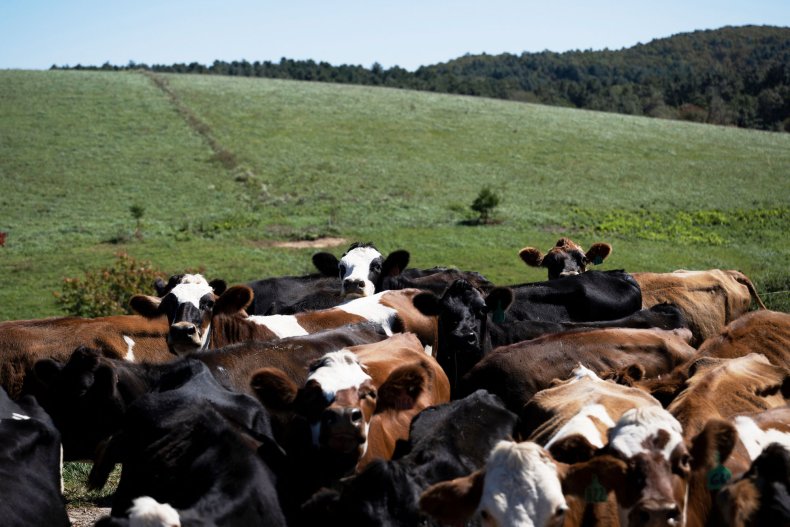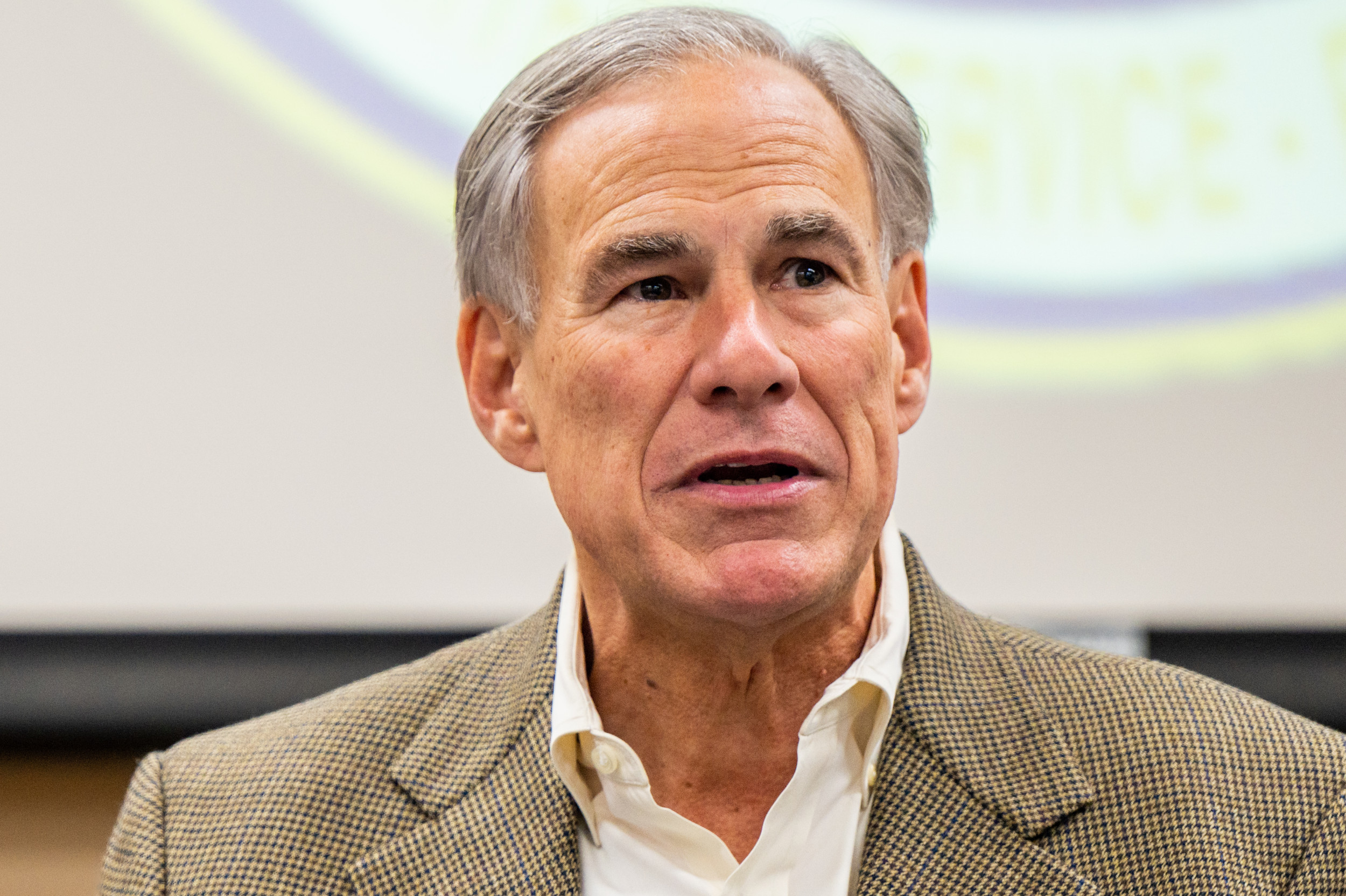Cows Graze in Middle of Dried Up Lake During Texas Drought
Drought in a southern Central Texas county is so severe that cows are grazing in the middle of a dried-up lake.
Much of the western United States has recently assuaged its drought after an excessively wet winter on the west coast alleviated nearly all of California's drought struggles. The weather impacted states further inland as well, supplementing reservoirs in Utah and all but eliminating drought in the west.
According to the U.S. Drought Monitor map, Texas still struggles with drought, particularly in the panhandle, south and southern central regions. Bandera County in South Texas is experiencing some of the worst conditions in the state, with the map showing that more than 97 percent of the county is battling exceptional drought—or the most severe classification of drought that includes exceptional and widespread crop and pasture losses and shortages of water in reservoirs, streams and wells creating water emergencies.
The lake's levels have steadily been drying for the last several years. However, Tuesday's levels were so low that cows were using the extra space as an opportunity to graze.

"Texas Drought be like... walk don't swim #txwx #wxtwitter - Medina Lake Bandara Texas," Twitter user @JonTheStormGuy tweeted on Monday. "Ps there are cows in the middle of the lake."
Texas Drought be like... walk don't swim #txwx #wxtwitter - Medina Lake Bandara Texas.
— The Storm Chasing Guy (@JonTheStormGuy) May 1, 2023
Ps there are cows in the middle of the lake pic.twitter.com/gVgtY3EBHG
The tweet was accompanied by two photos. One showed a dried-up version of the lake with a sign that reads "Swim At Your Own Risk" with no water nearby. The second photo shows a black and white cow standing in the middle of what used to be the lake, grazing on the green grass.
Medina Lake in Bandera County often dries in periods of drought. AccuWeather senior meteorologist Alan Reppert told Newsweek that the area is battling the drought because it has seen very little rainfall over the last year.
Water Data for Texas, an organization operated by the Texas Water Development Board, showed the lake was only 5 percent full on Tuesday. Six months ago, the lake was 7 percent full. A year ago it was more than 18 percent full.
In February, KSAT reported that the reservoir has been steadily declining for years because of a multi-year drought in the region.
The reservoir was constructed in 1910 and is used by farmers for irrigation, often leading to fluctuations in the lake's water levels. In February, KSAT reported that large swaths of the lake were dry, studded with abandoned boats and dry docks.
From 2011 to 2013, the lake was only 3 percent full before recovering with floods in 2015.
Only 3.5 percent of Texas as a whole is battling exceptional drought, with much of the south and eastern parts of the state entirely free from drought.








